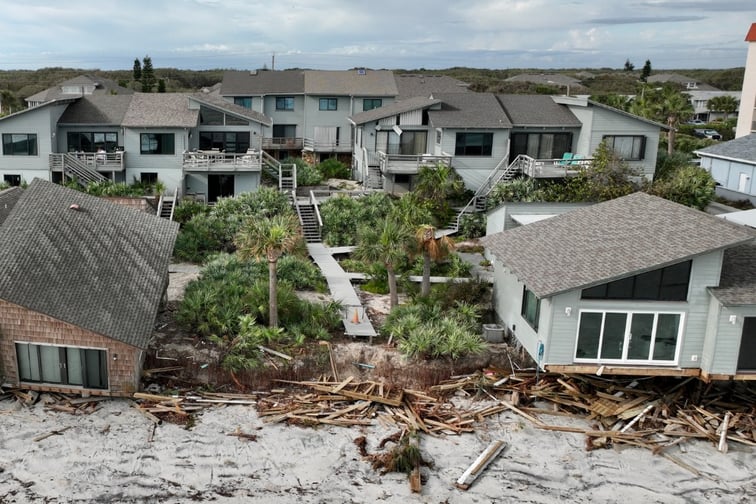

The Bermuda Monetary Authority (BMA) has reported a decrease in catastrophe exposure for Bermuda’s reinsurance market in 2022, attributed to the hardening of the market.
The BMA’s analysis indicates that Bermuda insurers faced significant exposure to the Atlantic Hurricane peril, with gross average modeled losses ranging from $832 million for 1-in-50-year events to $1.59 billion for 1-in-1,000-year events. This exposure surpasses that of other perils across varying return periods.
As per The Royal Gazette, the report also highlights the widespread use of reinsurance in Bermuda, especially for less frequent return periods for Atlantic Hurricane and North American Earthquake perils. This trend is part of the market’s resilience against potential adverse impacts, including financial market fluctuations and underwriting losses.
Bermuda’s insurance market, particularly Class 3B and Class 4 insurers, is subject to stringent regulatory requirements. These insurers, who represent the largest property and casualty commercial entities in Bermuda, are mandated to submit detailed returns on their catastrophe risk management practices, including catastrophe returns. They must maintain a statutory capital and surplus aligned with at least 99% tail value at risk over a one-year time horizon.
The insurers report their catastrophe exposures, exceedance probability curves, average annual losses, and probable maximum losses. Furthermore, they conduct comprehensive stress tests to measure the sensitivity of their statutory capital and surplus under adverse financial and underwriting conditions.
The BMA’s assessment evaluates the insurers’ capital adequacy under adverse conditions, providing a comprehensive understanding of the sector’s vulnerability to shocks. Climate change developments, including the increased frequency and severity of catastrophic events, are influencing strategies and outcomes for reinsurers and insurers.
The report notes that, in 2022, Bermuda’s international reinsurance and insurance sector, like other global hubs, faced challenges due to high inflation and the uncertainty of asset and liability valuation. The tightening monetary policy also significantly increased the cost of capital.
Despite these challenges, Bermuda market companies remain well-capitalized, capable of absorbing unlikely and potentially significant losses, settling policyholder obligations, and meeting regulatory capital requirements.
The BMA observed that the 2022 catastrophe events, including Hurricane Ian, have led to hardening rates, prompting insurers to increase retentions, restrict coverage, and restructure programs. This resulted in a decrease in catastrophe exposure assumed by Bermuda reinsurers.
The gross loss exposure assumed by Bermuda insurers decreased by 11.51% from $225.02 billion in 2021 to $199.11 billion in 2022. Additionally, the global gross estimated potential loss assumed by Bermuda insurers on major cat perils also decreased, resulting in a reduced global market share.
What are your thoughts on this story? Please feel free to share your comments below.
